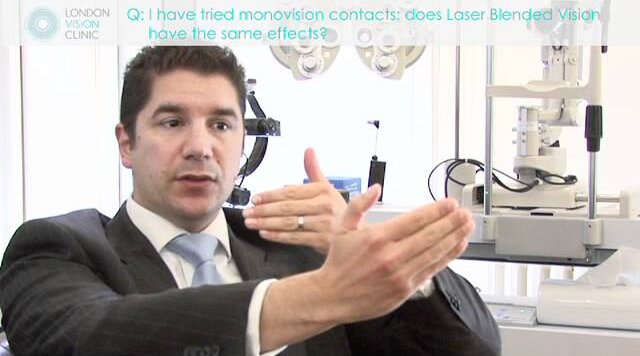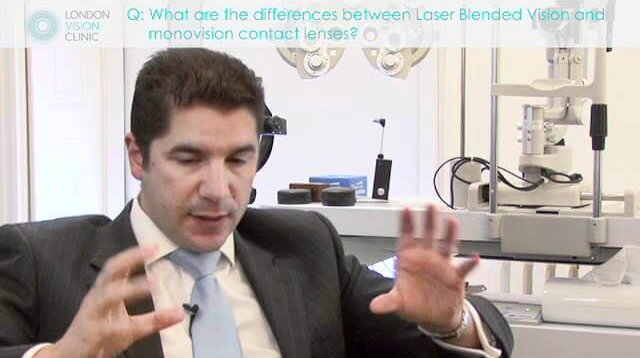The Difference Between Monovision and PRESBYOND® Laser Blended Vision for Presbyopia

As we get older, our vision begins to slowly deteriorate, usually leaving us with a dependence on reading glasses or contact lenses. This phenomenon is known as presbyopia – a refractive error that occurs when our eyes begin to lose their natural ability to focus. For patients looking for an alternative to reading glasses – particularly after Cataract Surgery – monovision has been a common solution for many years.
However, in the last two decades, another solution to presbyopia has become increasingly available: PRESBYOND® Laser Blended Vision. So, if both of these treatments are used to correct the same error, what is the real difference between them?
We’re taking a closer look at PRESBYOND® Laser Blended Vision and Monovision for presbyopia.
What is Presbyopia?
Presbyopia (which literally translates to “old eye”) is, unfortunately, an inevitable part of getting older. As we age, the muscles in our eyes gradually begin to weaken, significantly affecting our eyes’ ability to focus on objects that are close to us. It is estimated that around 43% of adults aged 35 or older in the UK are affected by age-related vision loss.
No one is immune to this deterioration of vision, though it may take develop faster in some people. Many people begin to use reading glasses to manage presbyopia, however, many people find this their dependence on glasses less than desirable. Luckily, other options like monovision and Laser Eye Surgery have become increasingly accessible in recent years.
What is Monovision? – How Does it Work?
Monovision is a practice that involves correcting each eye for a different distance. For example, your right eye may be corrected to see better at a distance while your left eye is corrected to see better up close. This can be achieved with contact lenses or with Implantable Collamer Lens (ICL) surgery.
ICL Surgery involves implanting a small, thin lens behind the iris and in front of the natural lens of the eye. When used to correct presbyopia, each eye will be fitted with a different type of lens. Monovision can be an effective solution to presbyopia; however, it is not tolerated by everyone.
In many cases, the brain is able to combine the images from both eyes, giving the patient clear vision across all distances – but this isn’t always the case. In fact, it is estimated that monovision is only tolerated by around 60% of people. It is therefore vital that patients trial monovision with contact lenses before opting for surgery.
What about PRESBYOND® Laser Blended Vision?
At a glance, it can be easy to assume that PRESBYOND® Laser Blended Vision works in the same way as Monovision. Like monovision lenses, it works by correcting each eye in a different way; however, there are significant differences between these two presbyopia treatments.
In the video below, Mr Glenn Carp answers the question: “I have tried Monovision contacts; does PRESBYOND® Laser Blended Vision have the same effects?”

In PRESBYOND® Laser Blended Vision, the eyes are corrected in a way that allows for more depth of vision. Like in monovision, one eye is corrected to see better at a distance – but, it can also focus a little close-up. The opposite is done in the second eye, making for a “blend zone” between near and far distance.
This milder approach to presbyopia correction is tolerated by many more people compared with monovision. Approximately 97% of people are suitable for PRESBYOND® Laser Blended Vision.
In the video below, Mr Glenn Carp explains more about the difference between PRESBYOND® Laser Blended Vision and Monovision.

If you’d like to learn more about PRESBYOND® Laser Blended Vision for presbyopia, get in touch with one of our friendly clinic coordinators or Book a Consultation today.


